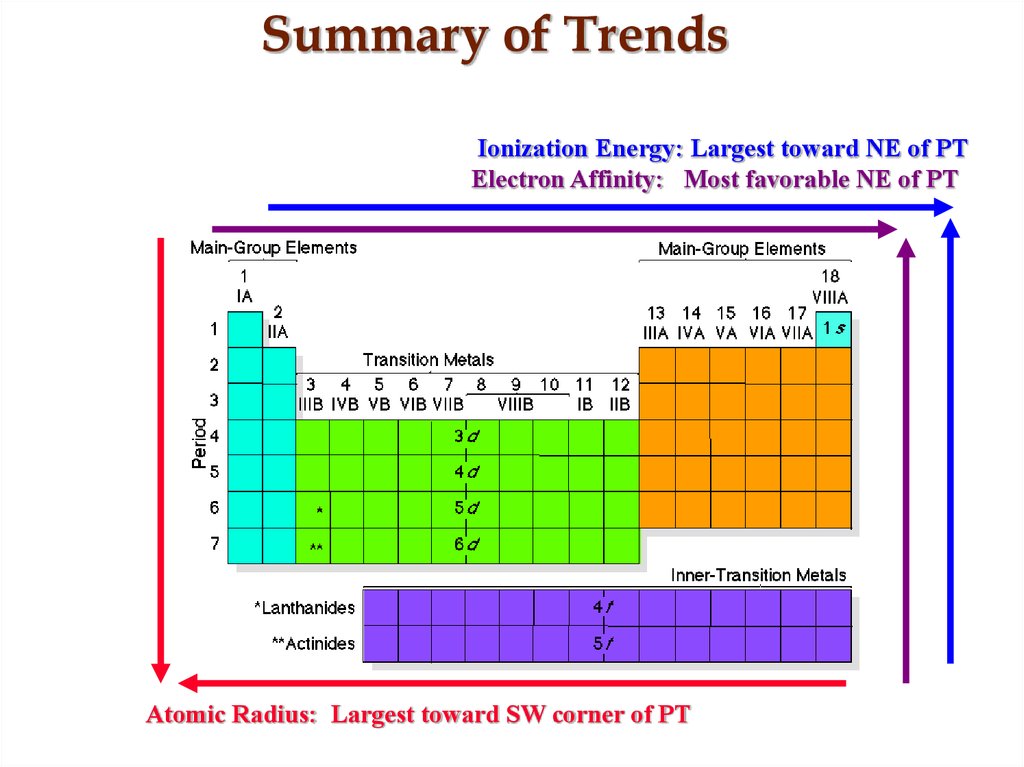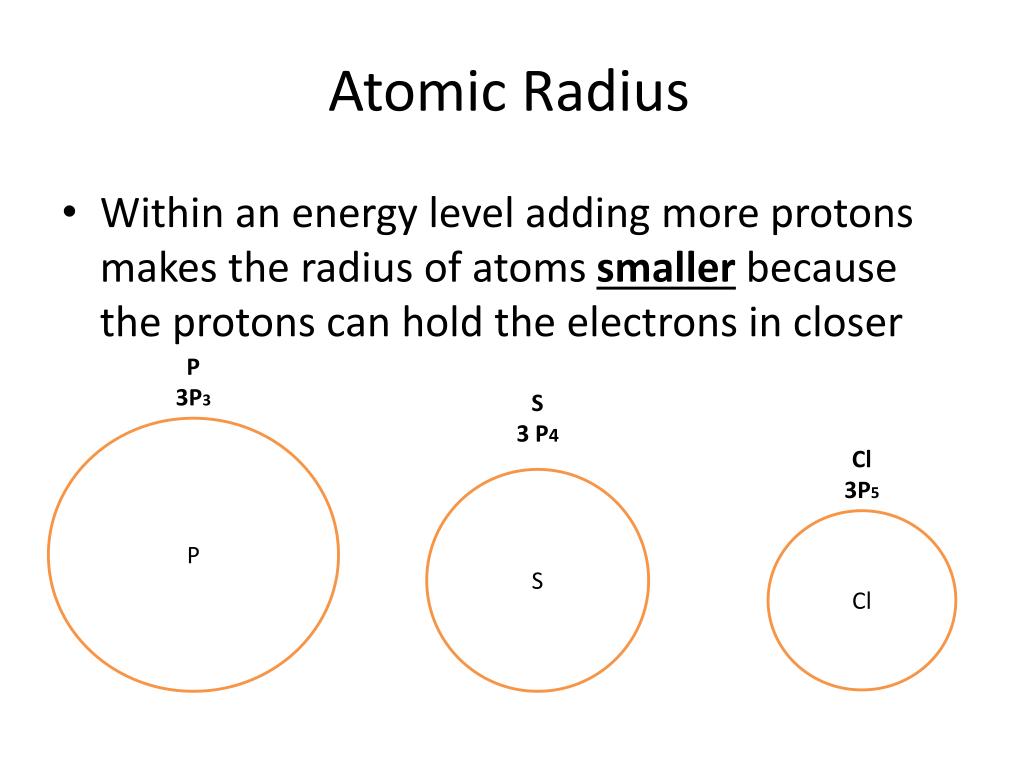

As a result, as the number of protons increases, an increasing ratio of neutrons to protons is needed to form a stable nucleus. Neutrons stabilize the nucleus, because they attract each other and protons, which helps offset the electrical repulsion between protons. There are only certain combinations of neutrons and protons, which forms stable nuclei. These two forces compete, leading to various stability of nuclei. The neutron has a mean square radius of about 0.8×10−15 m, or 0.8 fm, and it is a spin-½ fermion.Ītomic nuclei consist of protons and neutrons, which attract each other through the nuclear force, while protons repel each other via the electric force due to their positive charge. It has no electric charge and a rest mass equal to 1.67493 × 10−27 kg-marginally greater than that of the proton but nearly 1839 times greater than that of the electron. In the universe, neutrons are abundant, making up more than half of all visible matter. Elemental potassium reacts vigorously with water, generating sufficient heat to ignite hydrogen emitted in the reaction, and burning with a lilac-colored flame.Ī neutron is one of the subatomic particles that make up matter. In general, potassium compounds are ionic and, owing to the high hydration energy of the K+ion, have excellent water solubility. All of the alkali metals have a single valence electron in the outer electron shell, which is easily removed to create an ion with a positive charge – a cation, which combines with anions to form salts. In the periodic table, the elements are listed in order of increasing atomic number Z.Įlectron configuration of Potassium is 4s1. The number of electrons in each element’s electron shells, particularly the outermost valence shell, is the primary factor in determining its chemical bonding behavior. The configuration of these electrons follows from the principles of quantum mechanics. Since the number of electrons and their arrangement are responsible for the chemical behavior of atoms, the atomic number identifies the various chemical elements. Each electron is influenced by the electric fields produced by the positive nuclear charge and the other (Z – 1) negative electrons in the atom. Therefore, the number of electrons in neutral atom of Potassium is 19. The number of electrons in an electrically-neutral atom is the same as the number of protons in the nucleus. Potassium-41 is composed of 19 protons, 22 neutrons, and 19 electrons.


There are 25 known isotopes of potassium, three of which occur naturally: 39K (93.3%), 40K (0.0117%), and 41K (6.7%). Mass numbers of typical isotopes of Potassium are 39 41. Isotopes are nuclides that have the same atomic number and are therefore the same element, but differ in the number of neutrons. The difference between the neutron number and the atomic number is known as the neutron excess: D = N – Z = A – 2Z.įor stable elements, there is usually a variety of stable isotopes. Neutron number plus atomic number equals atomic mass number: N+Z=A. The total number of neutrons in the nucleus of an atom is called the neutron number of the atom and is given the symbol N.

The total electrical charge of the nucleus is therefore +Ze, where e (elementary charge) equals to 1,602 x 10 -19 coulombs. Total number of protons in the nucleus is called the atomic number of the atom and is given the symbol Z. Londýn: Longmans, Green & Co., 1922.Potassium is a chemical element with atomic number 19 which means there are 19 protons in its nucleus. Comprehensive Treatise on Inorganic and Theoretical Chemistry. Praha: Vysoká škola chemicko-technologická, 2002.


 0 kommentar(er)
0 kommentar(er)
